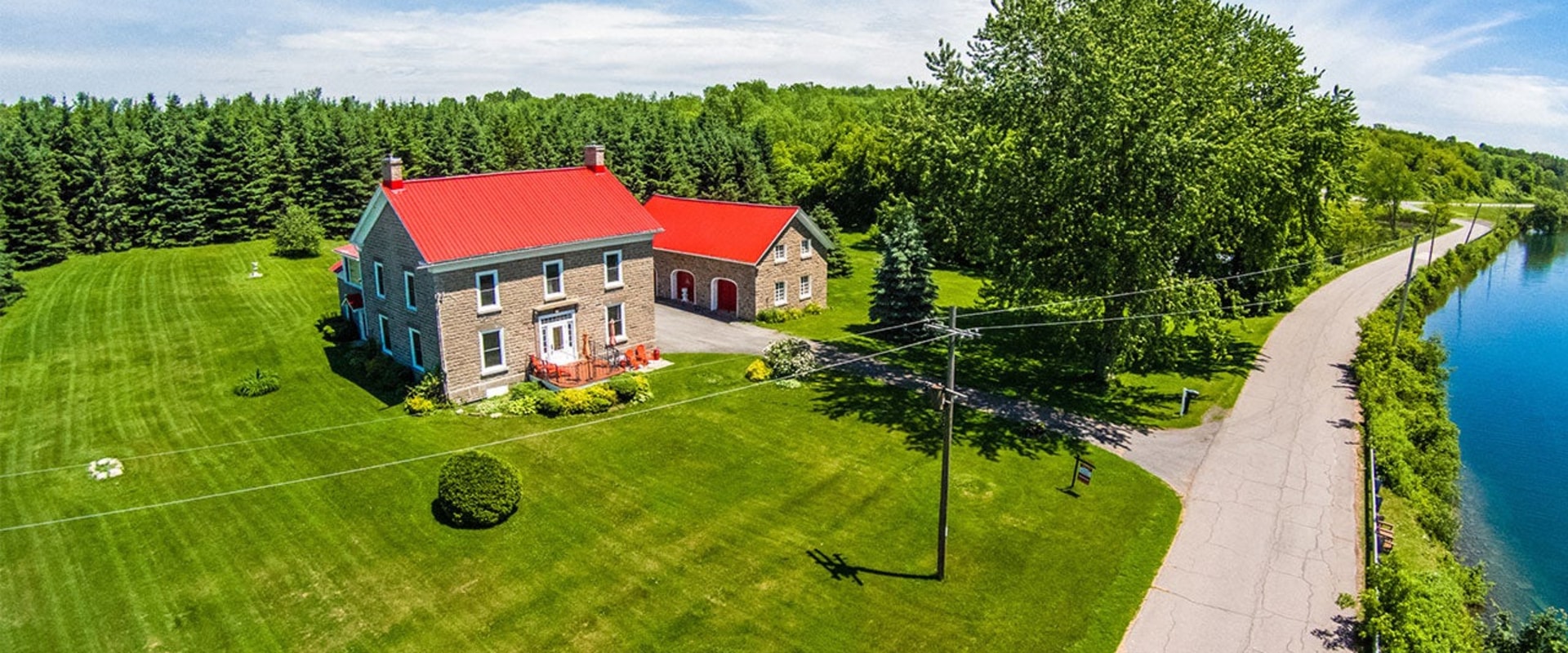If you incorporate these charges into your loan, you're likely to pay a higher interest rate. Home equity debt is insured by your home, so if you don't make payments, your lender can foreclosure your home. If the value of your home falls, you could also end up owing more on your home than it is worth. You can withdraw your home equity in several ways.
They include home equity loans, home equity lines of credit (HELOC), and cash-out refinances, each of which has benefits and drawbacks. If you have at least 20 percent, the most common ways to take advantage of excess capital are through a cash-out refinance or a home equity loan. Refinancing also resets your loan term countdown. If you were 20 years old on a 30-year mortgage and refinanced another 30-year mortgage, you would go from having 10 years left on your loan to having another 30 years ahead of you.
A distinctive advantage of a second mortgage is that you don't have to restart the repayment schedule from scratch on your first mortgage. In the example above, the borrower has only 10 years left on the mortgage, so restarting the entire loan would have a big drawback. But with a second mortgage, they can apply for what they need as a new additional loan. During the initial withdrawal period of five to 10 years, you can withdraw money from the credit line and pay your balance however you want.
The only payments you make each month are interest only. After the withdrawal period comes the repayment period, when the credit line is closed and you must make monthly payments to pay off your balance. Payback periods usually last 10 to 20 years. Flexibility comes at a cost; HELOCs are adjustable-rate loans.
Interest rates when you borrow may be low, but if they triple over the next 10 years, you could have to pay 16% interest on your debt. Another risk of financing 100% of a rental purchase is negative cash flow. Such high mortgage payments can mean higher average expenses than rental income, which would frustrate the entire purpose of buying a rental. Negative cash flow is a risk of buying a rental property when purchased at an LTV of 70% to 80%.
The risk is even greater when the entire purchase price is financed. Homeowners who do have equity in their homes have the option of borrowing money against the equity they have accumulated with a loan or line of credit. In both cases, the house serves as collateral, meaning that the creditor can confiscate the house and sell it if the landlord is no longer able to make payments. Taking advantage of the equity in your home can be detrimental if you enter into the contract without fully understanding the repercussions.





